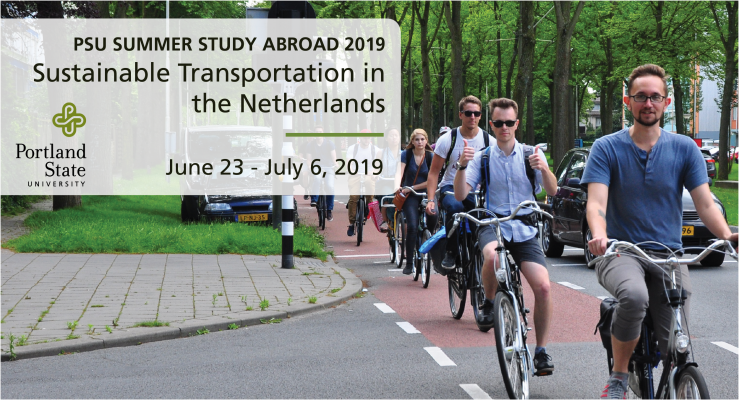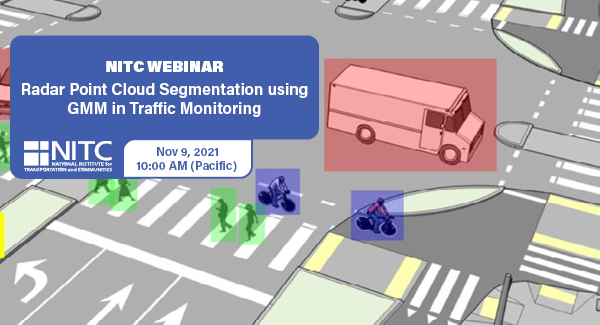The video begins at 2:04.
Abstract: Findings will be presented on an evaluation of two innovative bicycle facilities installed in late summer and early fall 2009 in downtown Portland aimed at providing a more separated and comfortable experience for cyclists. The SW Broadway cycle track (near PSU) and the couplet of buffered bike lanes on SW Stark and SW Oak were evaluated to understand how they are functioning on multiple levels. Each facility involved removing a motor vehicle lane by restriping to provide additional roadway space to bicyclists. The facilities were evaluated after they had been in place for approximately one year. Data collected to support this evaluation consisted of surveys of multiple user groups for each facility type, and video data collected by the City of Portland Bureau of Transportation at intersections along each of the routes to understand the facilities' impact on traffic flow, operations and user interactions.


